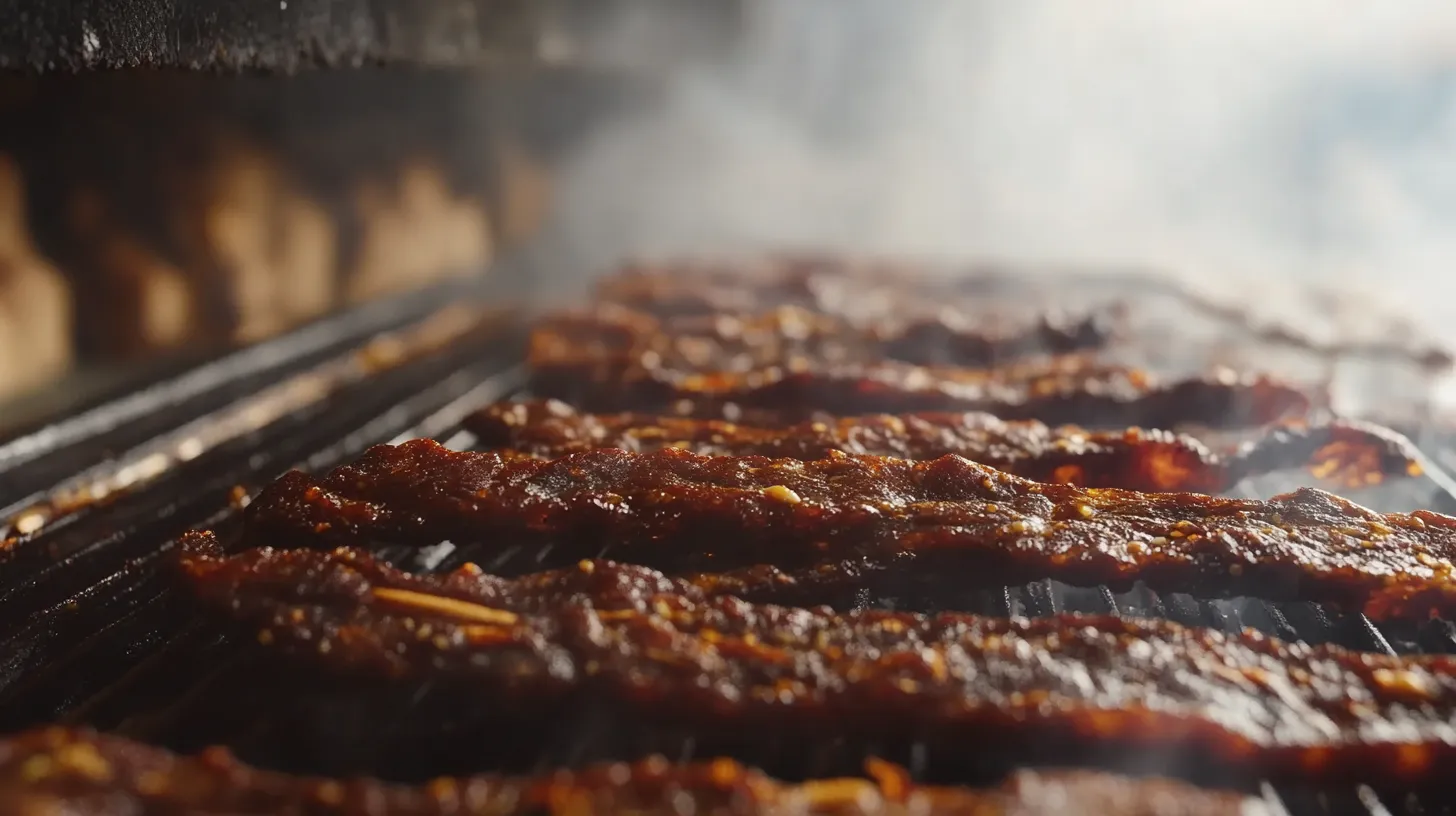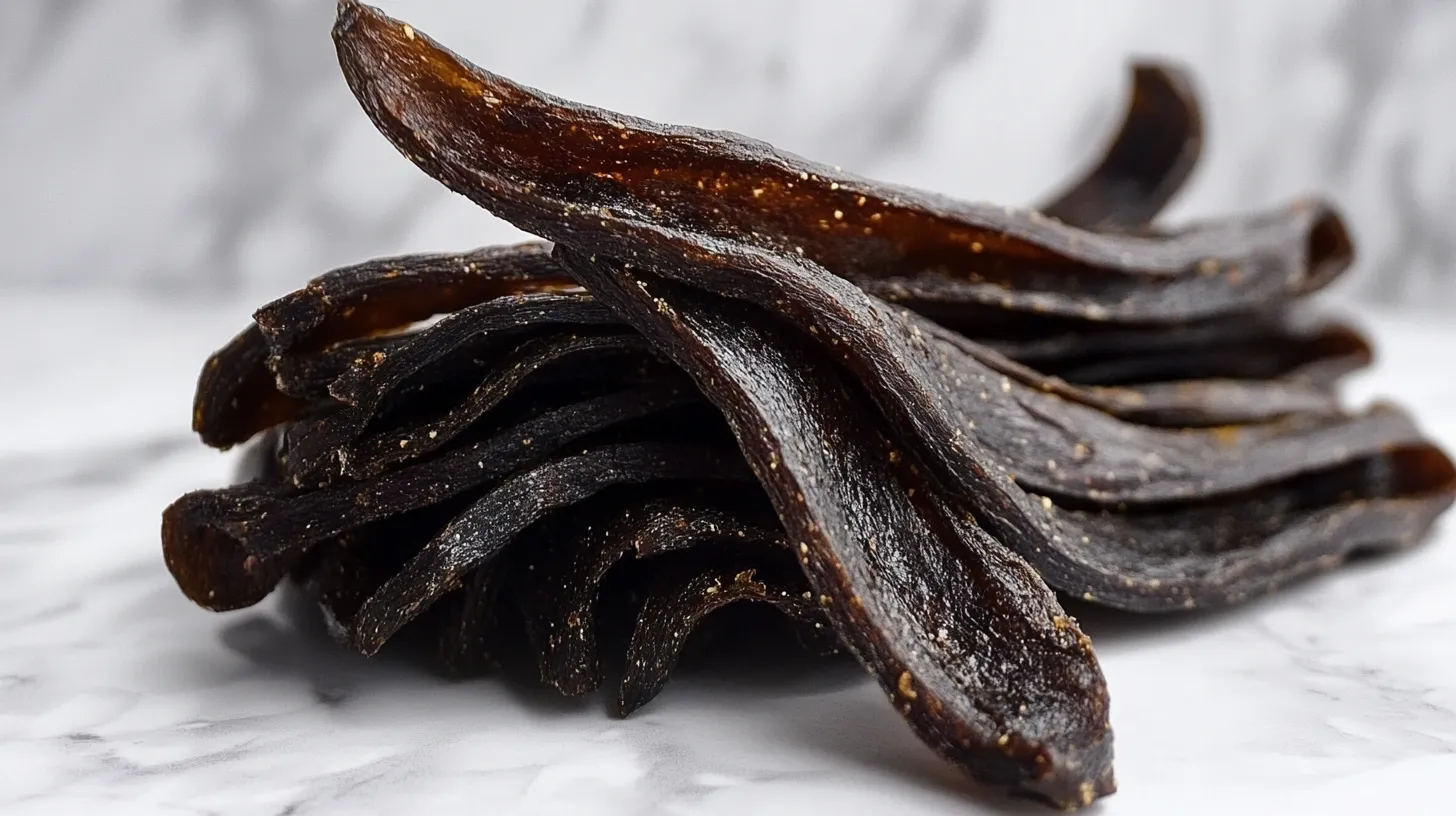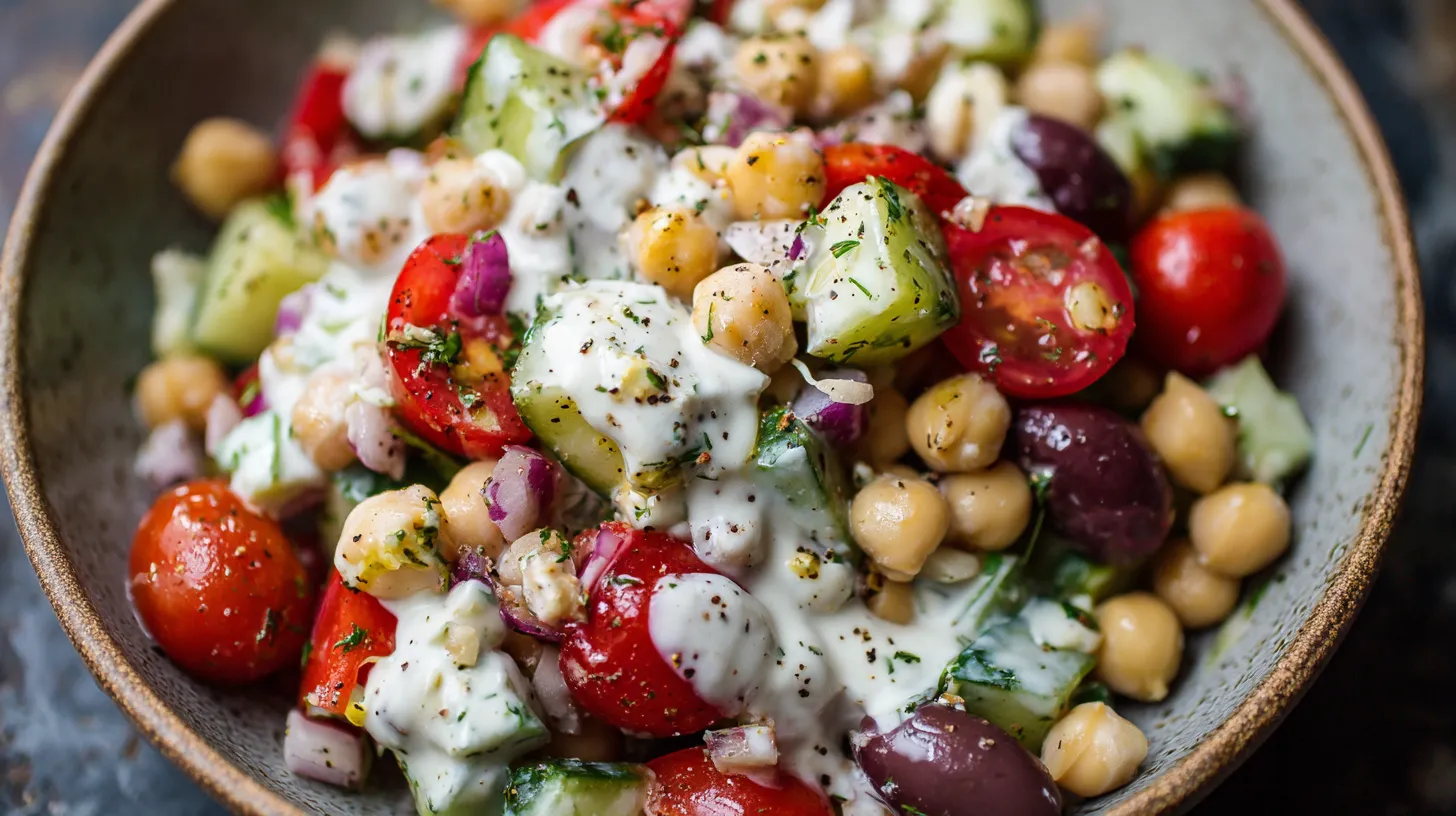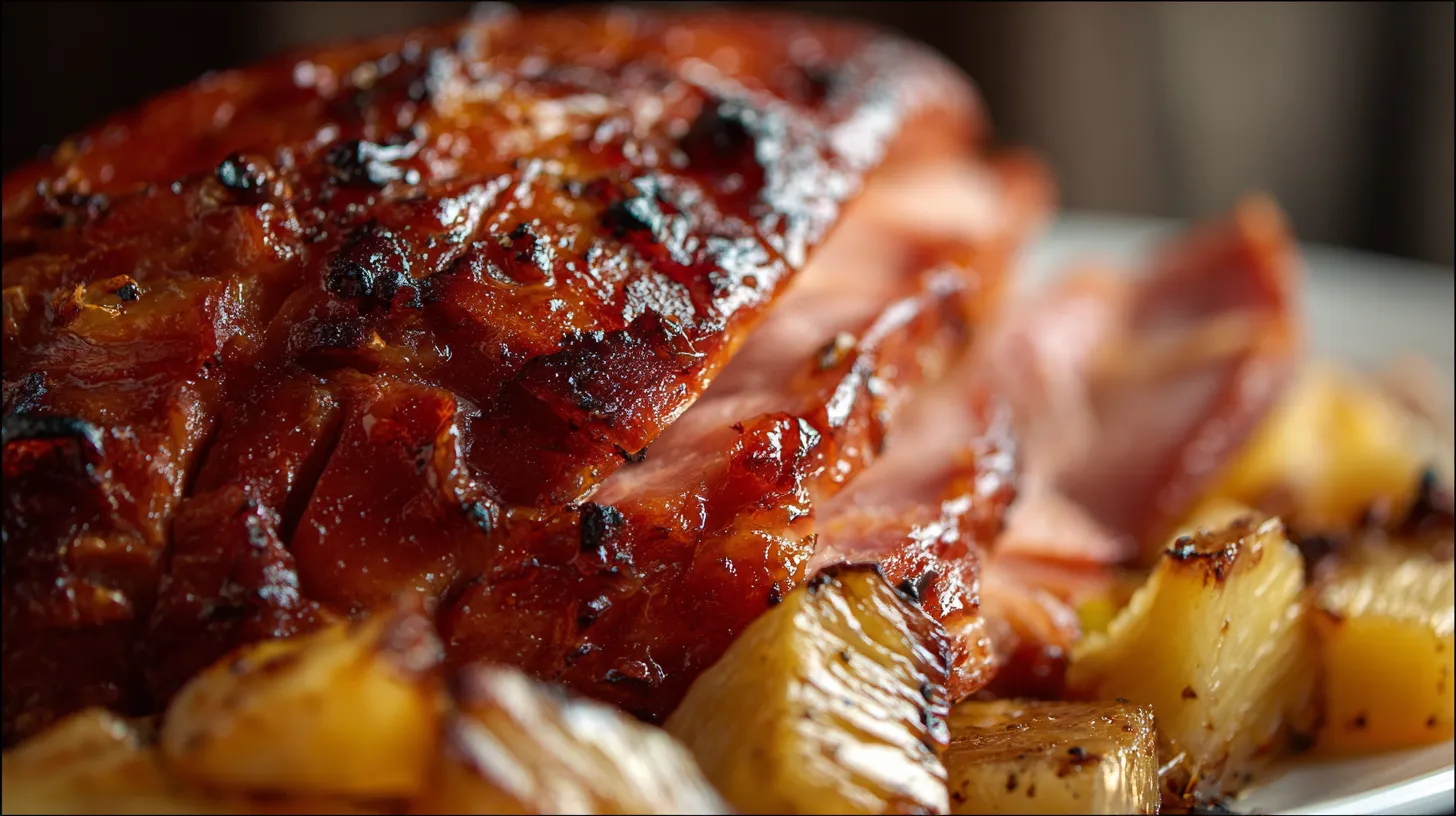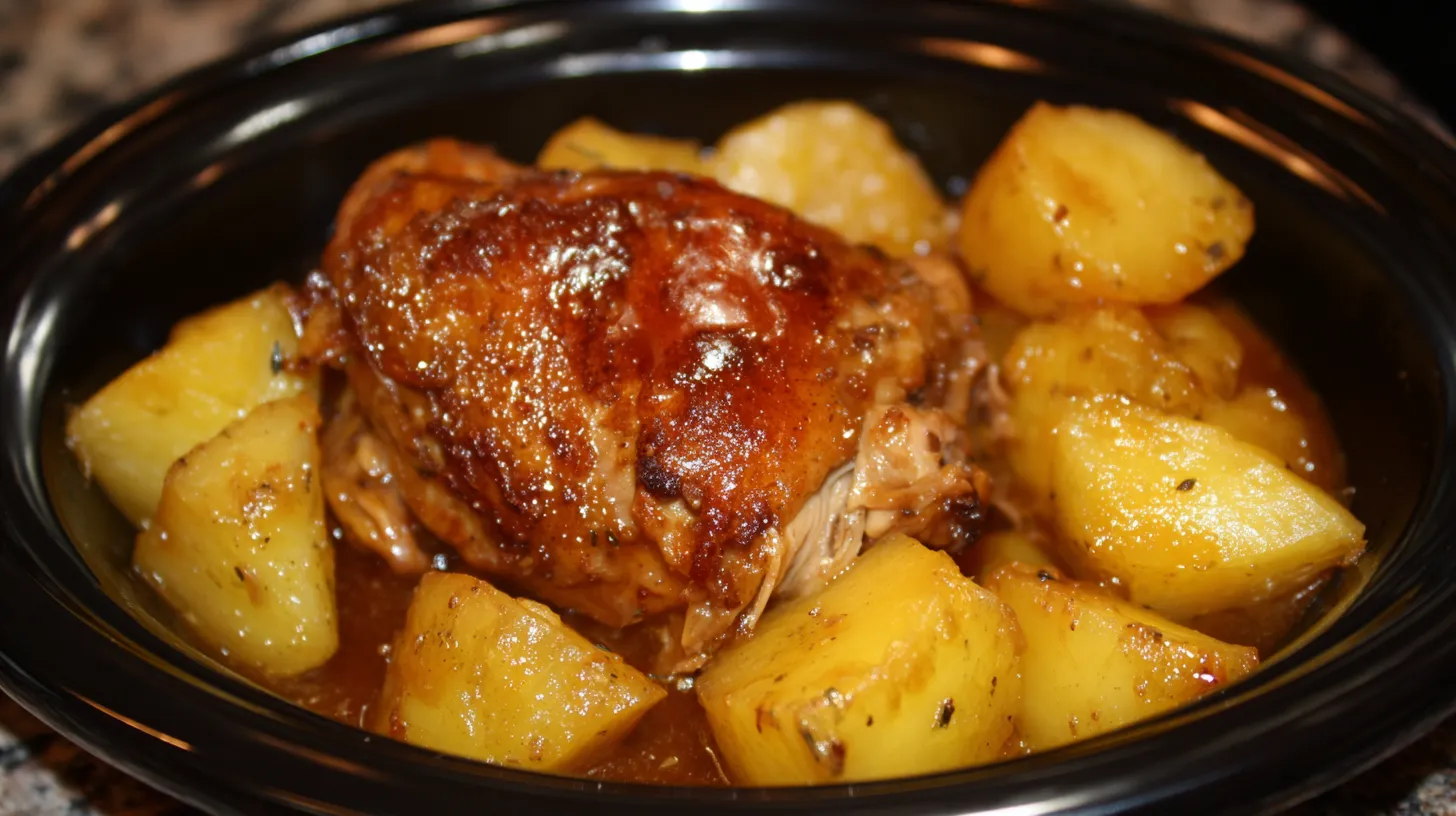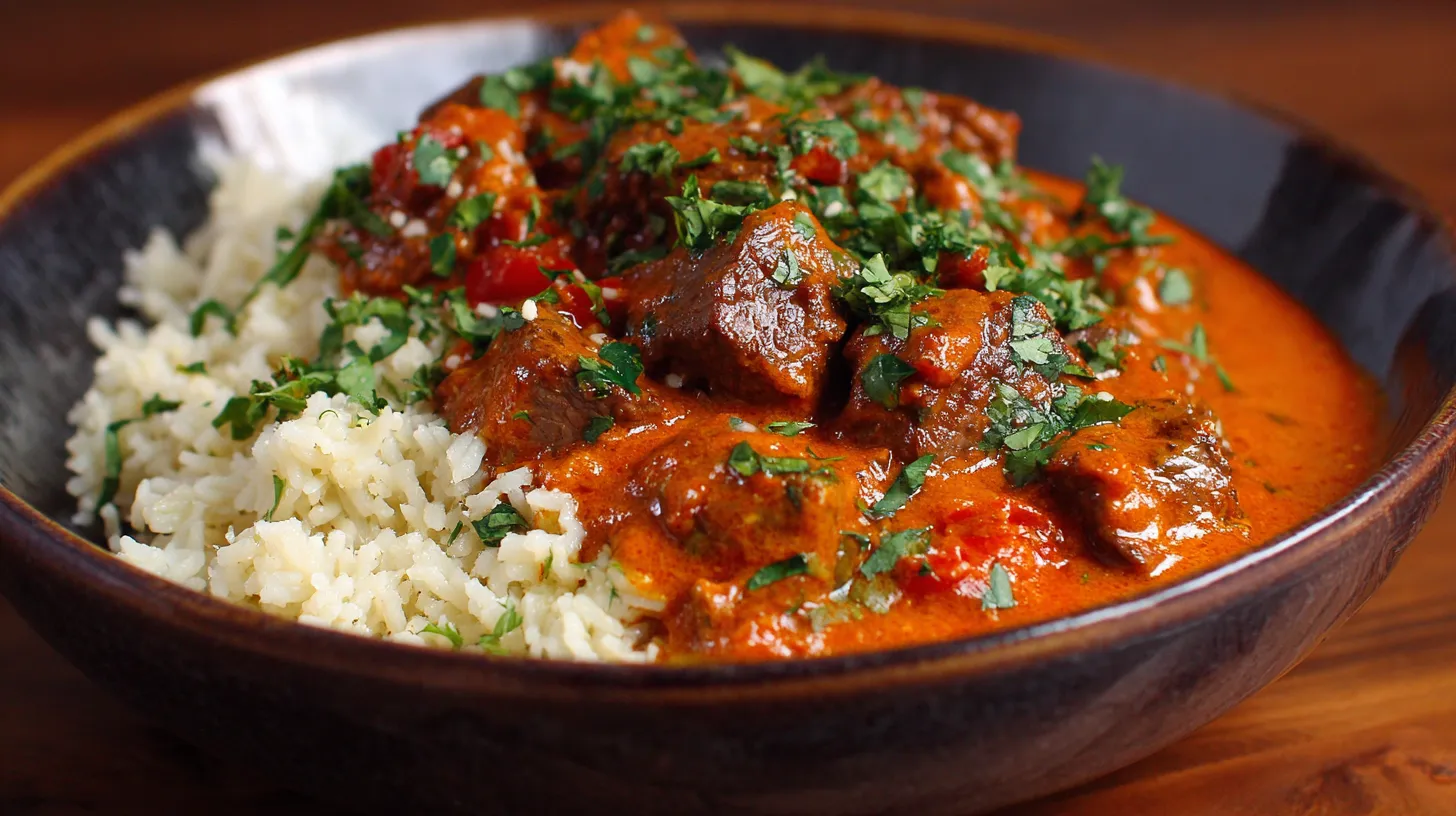Jerky has long been a beloved snack for people on the go, hunters, and those who appreciate the unique flavors of preserved meats. While traditional beef jerky often takes center stage, venison jerky offers a richer, deeper taste that can elevate the classic jerky experience. If you’re looking for a delicious, protein-packed snack with a hint of sweetness and smokiness, this sweet and smoky deer jerky recipe will satisfy your cravings. With its simple ingredients and easy steps, you’ll be able to create your own homemade venison jerky that’s perfect for hiking trips, road trips, or just enjoying at home.
Introduction: The Allure of Homemade Jerky
Homemade jerky is more than just a snack—it’s a tradition, a craft, and for some, a way of life. For those who enjoy hunting, venison jerky is an incredible way to make the most out of the game they’ve harvested, transforming it into a long-lasting, tasty treat. Whether you’re using wild venison or farmed deer meat, this sweet and smoky deer jerky recipe offers a perfect balance of flavors that can be customized to your preferences.
While many people are familiar with beef jerky, venison jerky has its own special qualities. Venison is a lean, flavorful meat that works wonderfully when marinated and dried. It offers a slightly more earthy, robust flavor compared to beef, which pairs perfectly with the sweet and smoky marinade in this recipe. Homemade jerky also gives you complete control over the ingredients, meaning you can create a jerky that is free from preservatives and packed with flavor.
In this article, we’ll dive deeper into the art of making venison jerky, covering everything from the ingredients and preparation process to the benefits of making your own jerky and frequently asked questions.
Ingredients for Sweet and Smoky Deer Jerky
To prepare this flavorful sweet and smoky deer jerky, you will need the following ingredients:
- 2 lbs deer meat (venison), sliced thinly against the grain
- 1/4 cup soy sauce
- 1/4 cup brown sugar
- 2 tbsp liquid smoke
- 2 tbsp Worcestershire sauce
- 1 tsp garlic powder
- 1 tsp onion powder
- 1 tsp smoked paprika
- 1/2 tsp black pepper
- 1/2 tsp red pepper flakes (optional for heat)
Breaking Down the Ingredients
Each ingredient plays a vital role in the final flavor profile of your jerky. Let’s look at the purpose and contribution of each:
- Deer Meat (Venison): The star of the show, venison is a lean, protein-rich meat that lends itself wonderfully to jerky. By slicing the venison thinly against the grain, you create a tender jerky with a chewy, satisfying texture.
- Soy Sauce: The soy sauce is your salty base. It not only helps the jerky marinade penetrate the meat, but it also adds a savory, umami flavor that enhances the overall taste.
- Brown Sugar: This is the sweet component of the marinade. The sweetness of the brown sugar helps balance out the saltiness of the soy sauce and adds a touch of caramelization when dried.
- Liquid Smoke: This is the key to that smoky flavor without the need for a smoker. Liquid smoke gives your jerky that characteristic barbecue taste, essential for this sweet and smoky jerky recipe.
- Worcestershire Sauce: With its deep, tangy flavor, Worcestershire sauce complements the soy sauce and adds complexity to the marinade.
- Garlic Powder and Onion Powder: These aromatic powders provide depth and warmth to the jerky, enhancing the savory flavors and adding a hint of sweetness.
- Smoked Paprika: Smoked paprika intensifies the smoky flavor of the jerky, offering a rich, earthy heat that deepens the overall flavor.
- Black Pepper: A dash of black pepper brings just the right amount of spice to the jerky without overpowering it.
- Red Pepper Flakes: If you enjoy a bit of heat in your jerky, red pepper flakes are a great option. These add a mild, spicy kick, but they are entirely optional.
Directions: Step-by-Step Guide to Making Deer Jerky
Step 1: Prepare the Marinade
Start by making the marinade. In a medium-sized bowl, combine soy sauce, brown sugar, liquid smoke, Worcestershire sauce, garlic powder, onion powder, smoked paprika, black pepper, and red pepper flakes. Whisk everything together until the sugar dissolves completely. The resulting marinade should have a harmonious balance of sweet, salty, smoky, and savory flavors, with just a hint of heat.
Take a moment to taste the marinade, adjusting the seasoning if necessary. If you prefer a sweeter jerky, add a bit more brown sugar. If you want it smokier, increase the amount of liquid smoke. Make sure you have the flavors just right before moving on to the next step.
Step 2: Marinate the Meat
Once the marinade is prepared, it’s time to coat the venison slices. Place the sliced venison into a resealable plastic bag or shallow dish. Pour the marinade over the meat, ensuring each piece is well-coated. Seal the bag or cover the dish, and refrigerate the meat for at least 4 hours. However, for maximum flavor, marinate the venison overnight. The longer the meat sits in the marinade, the more the flavors will penetrate, creating a jerky with rich depth and complexity.
Step 3: Preheat the Dehydrator or Oven
While the venison marinates, it’s time to prepare your dehydrator or oven. If you’re using a dehydrator, set it to 160°F (70°C). If you’re using an oven, preheat it to the same temperature. Line a baking sheet with parchment paper to prevent the jerky from sticking during the drying process.
Step 4: Dehydrate the Jerky
After the venison has marinated, remove the meat from the marinade. Pat each slice dry with paper towels to remove excess moisture. This will help the jerky dry evenly and more efficiently.
Now it’s time to arrange the venison on your dehydrator trays or baking sheet. Be sure to lay the slices in a single layer without overlapping, allowing for maximum airflow and even drying.
Dehydrate the jerky for 4 to 6 hours, checking periodically. The jerky should be dry but still slightly pliable. It should bend without snapping. If the jerky snaps when bent, it has been over-dried, so be sure to check it regularly as it nears completion.
Step 5: Cool and Store the Jerky
Once your jerky is dried to your liking, remove it from the dehydrator or oven and let it cool completely on a cooling rack or plate. Cooling is essential because it helps the jerky firm up and preserve its texture.
Once cooled, store the jerky in an airtight container or vacuum-sealed bag to maintain freshness. If stored properly, your homemade venison jerky can last for several weeks.
Prep Time, Cooking Time, and Total Time
- Prep Time: 10 minutes (excluding marination time)
- Marination Time: 4 to 12 hours (overnight for best results)
- Cooking Time (Dehydrating): 4 to 6 hours
- Total Time: 8 to 18 hours (including marination)
Calories Per Serving
This homemade venison jerky is not only delicious but also a healthy snack option. A typical serving of jerky (about 1 ounce) contains around 150-200 calories, depending on the thickness of the venison slices and how much marinade is absorbed into the meat. This makes venison jerky an excellent high-protein, low-calorie option that can keep you energized throughout the day.
Tips for Making the Best Deer Jerky
Making jerky is an art, and there are plenty of tips and tricks that can elevate your jerky-making game. Here are some valuable tips to ensure your sweet and smoky venison jerky turns out perfect:
1. Slice Against the Grain
The texture of your jerky depends largely on how you slice the venison. Always slice the meat against the grain to ensure a tender jerky. If you slice along the grain, the jerky will be chewier and tougher, which can make it harder to eat. Cutting against the grain will result in a more tender, pleasant bite.
2. Use Lean Meat
Venison is naturally lean, making it ideal for jerky. However, it’s important to trim away any visible fat from the meat. Fat can lead to spoilage, and it doesn’t dehydrate well, resulting in a greasy jerky. Removing the fat helps ensure your jerky will last longer and remain tasty.
3. Adjust the Heat
If you like your jerky spicy, feel free to add more red pepper flakes or even cayenne pepper to the marinade. On the other hand, if you prefer a milder jerky, reduce or eliminate the red pepper flakes altogether.
4. Pat Dry Before Dehydrating
After marinating, always pat the venison slices dry with paper towels before dehydrating. Excess moisture can prevent the jerky from drying properly, and it may affect the texture of the finished product.
5. Ensure Even Drying
Whether you use a dehydrator or an oven, make sure the jerky slices are arranged in a single layer without overlapping. This ensures even drying and prevents soggy spots. If you’re using an oven, you may want to flip the jerky slices halfway through the drying process for uniform results.
Benefits of Homemade Deer Jerky
Making your own deer jerky offers several benefits beyond just the taste:
- Control Over Ingredients: You know exactly what goes into your jerky, allowing you to avoid additives, preservatives, and excess sodium found in store-bought varieties.
- Cost-Effective: Homemade jerky can be much more affordable than buying pre-made jerky, especially if you have access to wild venison or farmed deer meat.
- Customizable Flavors: The recipe can be easily adjusted to suit your taste preferences, allowing you to experiment with different marinades, spices, and heat levels.
- High in Protein: Venison is rich in lean protein, making venison jerky a nutritious, satisfying snack for those on high-protein diets or looking for a post-workout snack.
- Long Shelf Life: Dehydrating the meat extends its shelf life, making jerky an excellent option for long-term storage or emergency preparedness.
FAQs: Your Venison Jerky Questions Answered
1. Can I use other meats besides venison?
Yes! While this recipe is specifically designed for venison, you can use other meats like beef, elk, or bison. Just make sure the meat is lean and properly sliced to ensure the best results.
2. How do I store my jerky?
Store your jerky in an airtight container, vacuum-sealed bag, or resealable plastic bag. Keep it in a cool, dry place for up to a month. For longer shelf life, refrigerate or freeze the jerky.
3. Can I make jerky without a dehydrator?
Yes! If you don’t have a dehydrator, you can use your oven. Simply preheat it to 160°F (70°C) and place the jerky on a baking rack or lined baking sheet. Prop the oven door open slightly to allow moisture to escape during the drying process.
4. How do I know when the jerky is done?
Your jerky is done when it’s dry but still slightly pliable. It should bend without snapping. If it breaks or snaps when bent, it’s over-dried.
Conclusion: A Sweet and Smoky Snack
Homemade venison jerky is the perfect blend of savory, sweet, and smoky flavors. With this simple recipe, you can enjoy a snack that’s both satisfying and nutritious. Whether you’re preparing for a hunting trip, stocking up on snacks for your next adventure, or just craving a delicious treat, this sweet and smoky deer jerky recipe is sure to hit the spot. Plus, the flexibility in flavor and the ability to control the ingredients make it an even better choice for jerky enthusiasts.
So, grab your venison, marinate it to perfection, and start dehydrating to create your very own batch of delicious jerky. Happy jerky making!

